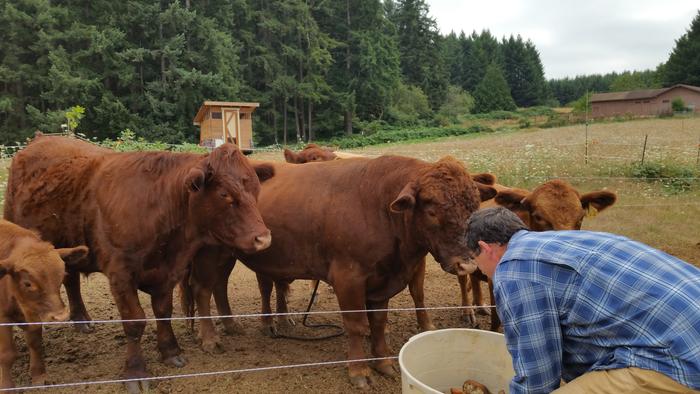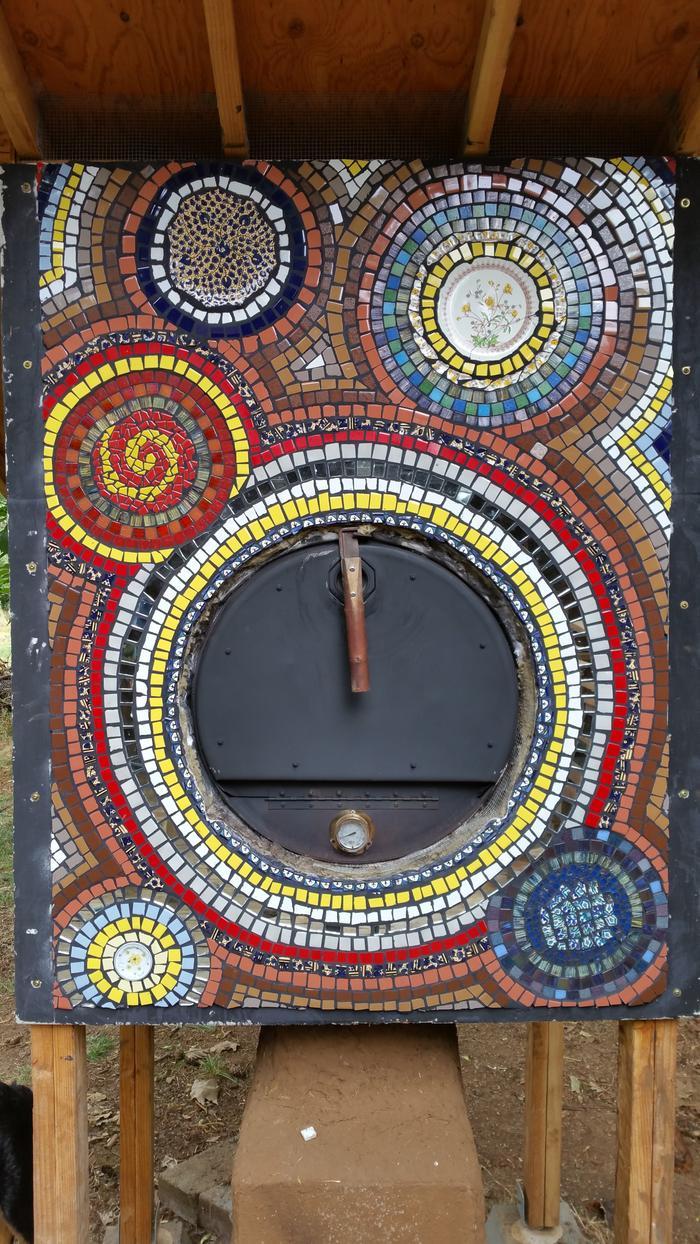 Listen Online
Listen Online  Download
Download  Get all of the Podcasts in convenient, giant zip files
Get all of the Podcasts in convenient, giant zip files  Subscribe on iTunes
Subscribe on iTunes Summary
Summary
Paul visits with Dr. Julia Winter. Julia is a Doctor, Patreon patron, Kickstarter supporter, and Permies Staff member. They have a nice chat about Paul's analysis of her 40 acre farm.
Part 3 sees Paul and Julia discuss more design things such as the finer points of making the berm, getting rid of weeds, permaculture, water storage and drain off, moving livestock around a pasture, rocket oven, and active competent caretakers with realistic expectations.
They also discuss how natural drainage / puddle accumulation in low areas would make a nice play-pen for pigs, a garden water-feature with goldfish, or part of an irrigation system for different fruit and nut trees / bushes.

 Relevant Threads
Relevant Threads
Ten O'Clock Acres
http://tenoclockacres.com/
Rocket Oven
https://permies.com/t/90413/rocket-ovens/quest-beautiful-rocket-oven
Support the Empire
Help support the empire and get all of the podcasts in a bundle
here in the digital market at permies.
To support production of these podcasts, make a donation
here at Paul's Patreon page.
 This podcast was made possible thanks to:
This podcast was made possible thanks to:
Suleiman, Karrie, and Sasquatch
Bill Crim
Kerry JustTooLazy
anonymous
Wade Luger
Jocelyn Campbell
havokeachday
thomas adams
Sasquatch
Julia Winter, world's slowest mosaic artist
Dominic Crolius
Eivind W. Bjørkavåg
Seth Gregory
Bill Erickson
David Ingraham
Michelle Martin
G Cooper
Miroslav Ultrama
Matthew Johnson
Lisa Goodspeed
Dylan Butler
Kyle Neath
Penny McLoughlin
HL Tyler
Dana Martin
Keith Kuhnsman
Mark
Arturo Ceron
Eric Tolbert
Mehron Kugler
Sean Benedict

 3
3











 2
2




 1
1



















